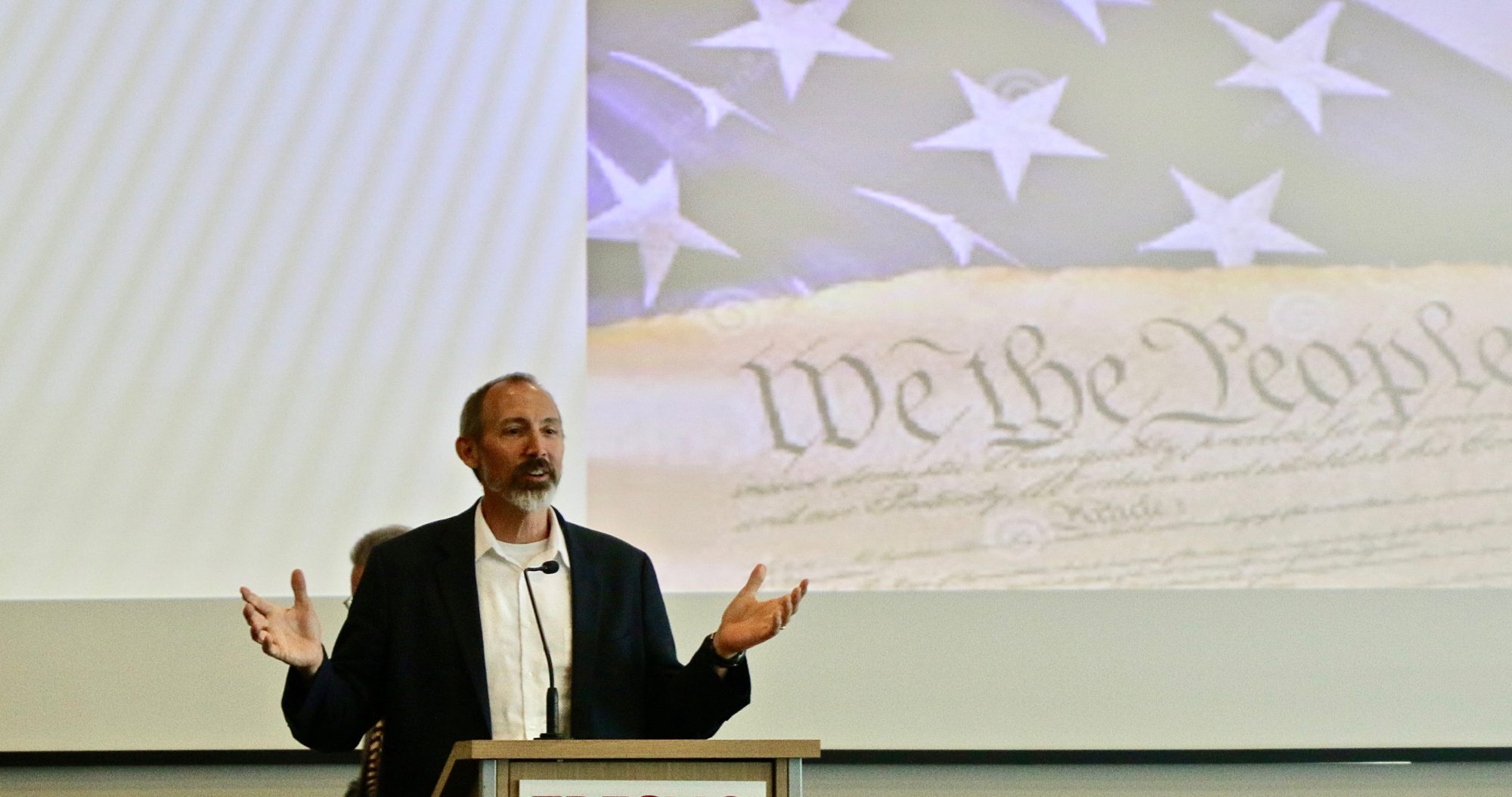Find Christmas joy in magic of cultural imagination
Andrew Fiala
Fresno Bee, 2012-12-15
Some atheists sponsored a billboard in Times Square that encourages people to “Keep the Merry, Dump the Myth.” The word “Merry,” accompanies a picture of Santa, while “Myth” is associated with Jesus. Bumper-stickers on the other side of the culture wars insist that we have to “Keep Christ in Christmas.”
Must we choose sides between Santa and Jesus? Why can’t we have our fruitcake and eat it, too? Christmas is a cultural mashup, combining stories and legends from multiple traditions. Kids who want to put Santa and the Grinch in a stable beside Mary and Joseph are a bit confused. But so what?
The cultural references jostle together during the holidays: Dr. Seuss and Charlie Brown rub elbows with Santa Claus and Jesus. Themes like love and hope, gratitude and generosity connect the dots of this jolly jumble.
Even the pope admits that cultural accretions matter. Pope Benedict’s new book acknowledges that there were no animals in the nativity scene of the Gospels. But he argues that the ox and the ass at the manger with Mary remain an important element of Christian iconography — an interpretive addition with allegorical significance.
Some people want to refine our stories and images in order to get back to something original and pure. Neo-pagans want to return to ancient Yule and Solstice celebrations. Santa is a Nordic creation, after all. He has a lot in common with the Norse god Thor, whose chariot was pulled across the sky by magical goats.
Christians want to return to the original event in Bethlehem. But there is nothing in our culture that is original and pure — it’s all a mashup.
A few Christians reject Santa completely, seeing him as a sinister pagan idol. He is a laughing deceiver, ominously dressed in red. He gives children toys and candy, distracting them from God.
A few websites fret that if you rearrange the letters of “Santa” you get “Satan.” Such word play does not enlighten. However, our fascination with word magic does tell us something about human culture.
We like to play with words and rearrange images. We conjure meaning even in meaningless things. This is what allows us to enjoy art and literature. We transform dots, lines and pixels into spirited beings, alive in the mind’s eye.
The joy of Christmas is the magic of the cultural imagination. Think of the effort expended by parents on Christmas Eve.
Some worry that it is immoral to foist the Christmas ruse upon children. But the desire to enchant our children is a work of love. We want them to play and enjoy. They’ll outgrow magic soon enough.
Magical thinking can be dangerous, especially when it lingers beyond childhood. It can distract us from reality — and it can be manipulated. Advertisers use magical thinking to sell us stuff we don’t need.
That’s why Scrooge called Christmas a humbug. He thought it was a fraud and a scam. But even Scrooge was swept away by his memories and dreams. And he overcame his cynicism.
Scrooge’s ghosts do visit us this time of year. Memories of Christmas past creep into consciousness with the smell of baking cookies. We hum along with once forgotten carols. The icons and images evoke a mood, even though we grown-ups know better.
The trick is to harness the images and moods for moral purposes. The goal is to conjure up generosity and grace instead of greed and ingratitude.
This is explained by Dane Scott, director of the Ethics Center at the University of Montana, in a recent essay about Christmas. Scott argues that Christmas provides an opportunity for children to practice generosity and gratitude. Scott also explains the magic of what he calls, “emotional fire,” the magic of ethical or spiritual transformation.
Good stories assist this process. Stories and images move us. Purists may think that only some stories count. But maybe what counts is the power of the stories to kindle a fire and soften our hearts.
Winter darkness breeds Scrooges and Grinches. If you discover hope in this dark season, it doesn’t matter much where it comes from. If you’ve found it, be grateful. Then mash it up and pass it on.

